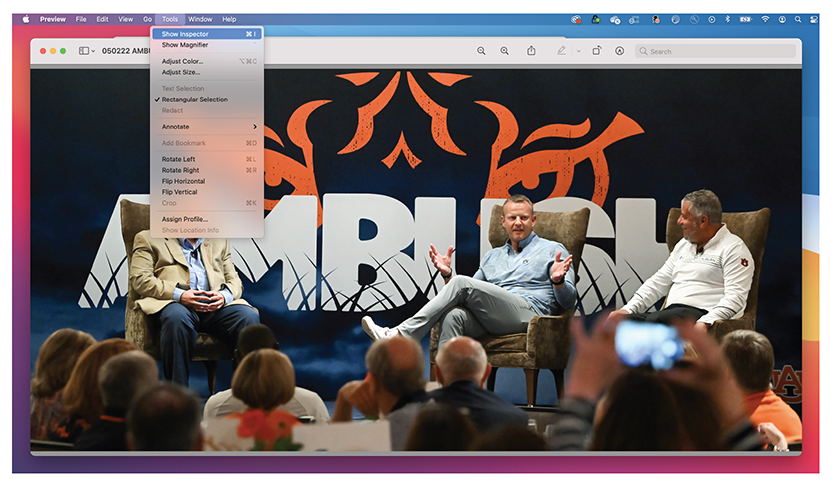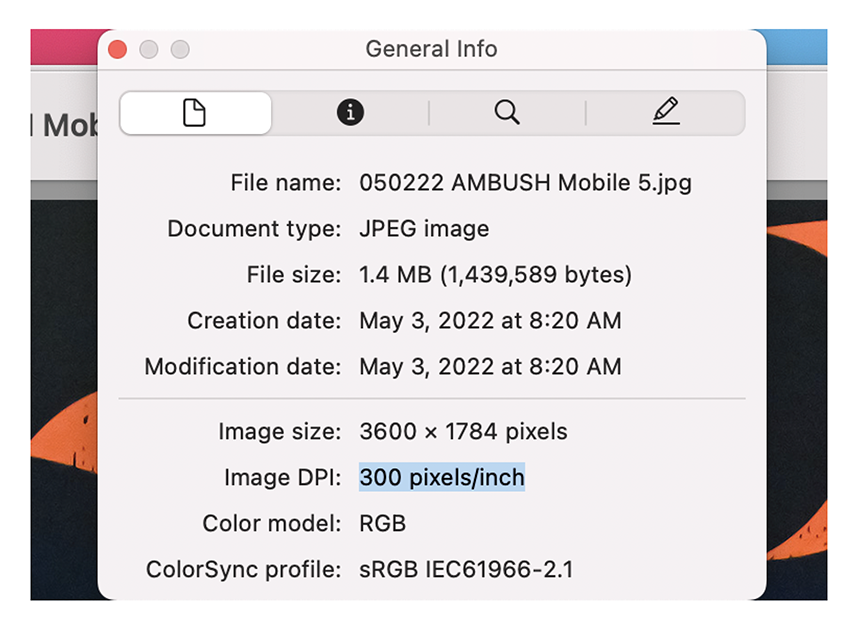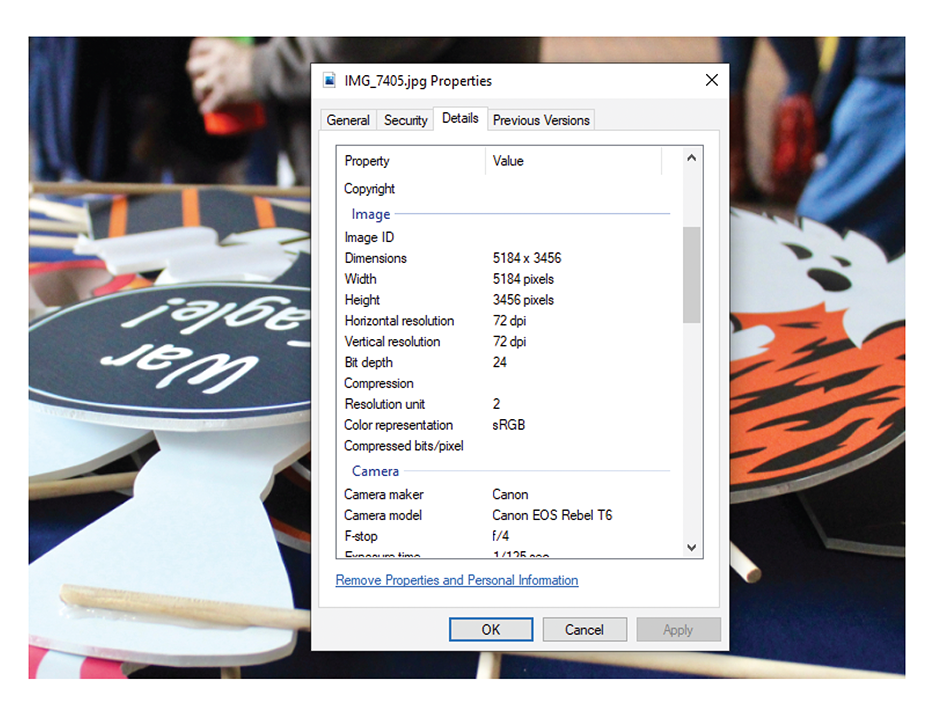Submit Your Story
To submit a story idea, fill out the form below or email aubmag@auburn.edu and attach any relevant photos. Tips on how to submit a great photo are below. By submitting this form, you give permission to have your story published by Auburn Advancement in print or online.
Why We Tell Auburn’s Story
We aim to create meaningful connections with Auburn students, faculty, staff, alumni and friends through compelling storytelling and direct alumni and donor communications.
When you submit a great story idea, you are helping us provide relevant and timely content that encourages engagement through giving, attending or connecting with Auburn.
We Tell Many Different Kinds of Stories
Auburn Alumni Stories
An Eye for Action
From the mound to the mountain, Blake Gordon ’03 has captured life on the edge.
Charting Her Course
From Auburn’s campus to the world’s most advanced warships, Emily Curran ’10 has never forgotten where she found her footing.
Building a Brand, Cultivating a Community
A fashion emergency and a social media surge helped Kayla Jones ’18 launch her brand Women With Ballz.
An Eye for Action
From the mound to the mountain, Blake Gordon ’03 has captured life on the edge.
Charting Her Course
From Auburn’s campus to the world’s most advanced warships, Emily Curran ’10 has never forgotten where she found her footing.
Auburn Student Stories
Dressed to Impress
How the Campus Career Closet is helping Auburn students dress their professional best.
Q&A with Trammell Starks Recording Engineer, Lucky Man Studio
Renowned recording engineer and former touring keyboardist Trammell Starks shares how Lucky Man Studio is shaping Auburn into a top-tier destination for music production and education.
Rebuilding the Dream
The School of Architecture, Planning and Landscape Architecture is changing the way the world is built, one project at a time.
Dressed to Impress
How the Campus Career Closet is helping Auburn students dress their professional best.
Q&A with Trammell Starks Recording Engineer, Lucky Man Studio
Renowned recording engineer and former touring keyboardist Trammell Starks shares how Lucky Man Studio is shaping Auburn into a top-tier destination for music production and education.
Auburn Athletics Stories
The Antonio Network
Former Auburn football star Antonio Coleman ’08 returned to his old high school as head coach to turn the football program around. Through a unique group of local alumni, the team has started winning off the field, too.
The Last Auburn Wrestler
A coach reflects on a lifetime around the mat—and the dream that got away.
Courtside Career
Taylor Korn ’22 lives out her dreams on the sidelines of the biggest games
The Antonio Network
Former Auburn football star Antonio Coleman ’08 returned to his old high school as head coach to turn the football program around. Through a unique group of local alumni, the team has started winning off the field, too.
The Last Auburn Wrestler
A coach reflects on a lifetime around the mat—and the dream that got away.
Auburn History Stories
The Burt Reynolds Look-alike
In the late 1960s an Auburn defensive lineman was the spitting image of heartthrob actor Burt Reynolds.
We Were CAPERS
From the 1960s to the 1980s, Auburn’s all-female military auxiliary instilled discipline and service, paving the way for future equality in the nation’s armed forces and preparing them for a lifetime of success.
Coach Shug Jordan Wore the Houndstooth Hat First
New research and eyewitness testimony reveal Auburn Coach Ralph “Shug” Jordan was first in Alabama to wear the famous Houndstooth Hat.
The Burt Reynolds Look-alike
In the late 1960s an Auburn defensive lineman was the spitting image of heartthrob actor Burt Reynolds.
We Were CAPERS
From the 1960s to the 1980s, Auburn’s all-female military auxiliary instilled discipline and service, paving the way for future equality in the nation’s armed forces and preparing them for a lifetime of success.
We Tell Our Stories Through Many Channels
Auburn Magazine is a triannual periodical written for alumni and friends of Auburn University. It is published in March, July and November.
Digital
In addition to posting alumni spotlights on our website, we also utilize social media to atomize stories.
Tips for loading a Great Image
How to Check Image Resolution (Mac and Windows)
When sending your photos for print, the image resolution should ideally be 300 pixels per inch. Don’t trust what you see on screen. Most computers display images at 72 pixels per inch resolution, so even if your image looks great on screen it might not be good enough for print.
Mac
1. Open your image in Preview and click Tools
2. Click Show Inspector

3. A small window will appear. Check to make sure that the image DPI is at least 300 pixels/inch.

Windows
1. Find the image you want to check.
2. Right-click the image and then choose the Properties option.
3. Switch to the Details tab.
4. Scroll down to the Image section.
5. Check the information following the two values: Horizontal Resolution and Vertical Resolution.
6. If it’s not 300 pixels/inch then a photo with a higher DPI (pixels/inch) will be needed.

How to Get a Good Quality Image
1. If the photo was taken by a professional photographer, ask them for the original digital image.
2. Smartphone photos are often usuable. If the photo was taken with a smartphone, ask whoever took the photo to send you the original image from their phone. Otherwise, send it to us from your phone via email, and when the phone prompts you to choose from Small (25.1 KB), Medium (88.0 KB), Large (799 KB), or Actual Size (2.6 MB), choose Actual Size.
3. Have the photo taken by a professional photographer, or ask a friend to take a picture with your smartphone using the tips below.
Do's and Don'ts of Taking Photos with a Smartphone
DO
1. Take the picture in a work setting without others, and not only head shots.
2. Hold your phone horizontally to take pictures.
3. Set your camera’s focus by tapping the screen where you want to sharpen the view, such as on the subject.
4. Check the background and make sure wires, plants, etc., aren’t sprouting from the subject’s head.
5. Take the picture in natural light avoiding the middle of the day when the sun is too harsh.
6. If you’re sending captions, names should be from left, and they should include the name of the person who took the picture to give proper credit.
DON’T
1. Send online photos (from social media, etc.) because they’re usually too low in quality to use in the magazine.
2. Send a scanned photo, as they are typically also too low in quality for print.
3. If you use flash, only do so during the day. Sometimes, using your camera’s flash can improve a photo — but rarely does it do so at night.











